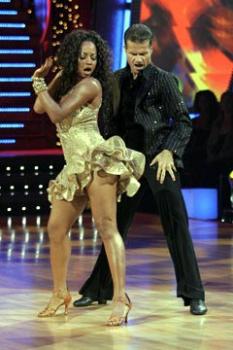Mambo, an authentic Cuban rhythm
- Submitted by: admin
- Editorial Articles
- Culture and Traditions
- 06 / 26 / 2007

Mambo is an authentic Cuban rhythm that is the result of an in-depth transformation that took place in the Cuban music during the thirties, with new revolutionary changes.
In the fifties of the last century, Mambo appeared with its innovations in Cuban dance floors and later it would extend throughout the world, especially in Mexico where it would found other exponents.
Despite other names preceded the process of creation of this genre, pianist Damaso Perez Prado (1916-1989) from Matanzas is the singer and composer that really structured Mambo.
Towards the year 1940, Perez Prado decided to compose music without lyrics aimed at a most international public. Thus, in the year 1948 he immigrated to United States where this rhythm was spread to the whole world due to the success achieved there.
Some of the most popular mambos were known by numbers like the "5" recently taken up again by singer Lou Bega of African roots that was a real success. Others had womens names like "Patricia", "Ana" or "Roberta". In addition, there were some other poetic titles like "Caballo negro", "Historia de un amor" or "Aquellos ojos verdes".
During the fifties and the first years of the next decade, mambo had a great diffusion in clubs and discos throughout the world. Damaso Perez Prado continued acting till before his death in Mexico in 1989.
The dance is following a syncopated rhythm, a mixture of Latin and Jazz music and presents a rest in each time corresponding to a rest in the movement of dancers aimed at emphasizing syncopation (movement of the rhythmic accent of the strong to weak time). The dance is in pairs moving an outstretched leg forward or at the side while the other is bend following the basic rhythm. There are three different rhythms: single, double and triple mambo. The last one gave origin to the cha-cha-cha, which is still in use in Latin American dance contests.
The mixing of loud and orchestral elements of American ancestry and the basic percussion and rhythm of the Cuban roots are the essence of this transcendental moment in the musical history of the island. The influence of jazz music is obviously in this music, especially from the one called: swing. Its choreography is very complex. It is only a rhythm to dance in pair. The speed of movements, its dance synchronization and skill, made difficult its length in time.
Comments